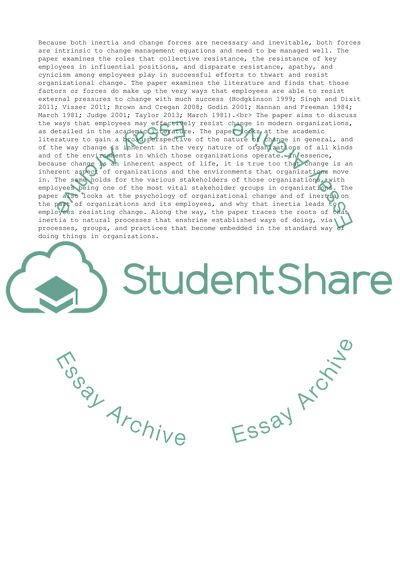Cite this document
(Ways an Employee May Effectively Resist Change Literature review, n.d.)
Ways an Employee May Effectively Resist Change Literature review. Retrieved from https://studentshare.org/management/1628954-change-is-a-consistent-issue-for-the-modern-organisation-discuss-the-various-ways-in-which-the-employee-may-offer-effective-resistance-to-this-change
Ways an Employee May Effectively Resist Change Literature review. Retrieved from https://studentshare.org/management/1628954-change-is-a-consistent-issue-for-the-modern-organisation-discuss-the-various-ways-in-which-the-employee-may-offer-effective-resistance-to-this-change
(Ways an Employee May Effectively Resist Change Literature Review)
Ways an Employee May Effectively Resist Change Literature Review. https://studentshare.org/management/1628954-change-is-a-consistent-issue-for-the-modern-organisation-discuss-the-various-ways-in-which-the-employee-may-offer-effective-resistance-to-this-change.
Ways an Employee May Effectively Resist Change Literature Review. https://studentshare.org/management/1628954-change-is-a-consistent-issue-for-the-modern-organisation-discuss-the-various-ways-in-which-the-employee-may-offer-effective-resistance-to-this-change.
“Ways an Employee May Effectively Resist Change Literature Review”, n.d. https://studentshare.org/management/1628954-change-is-a-consistent-issue-for-the-modern-organisation-discuss-the-various-ways-in-which-the-employee-may-offer-effective-resistance-to-this-change.


